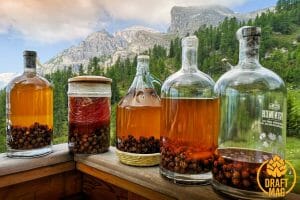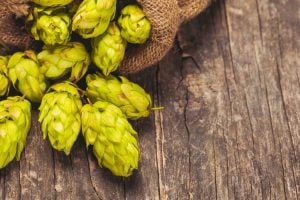What Does Beer Taste Like: Read This Before Taking Your First Sip
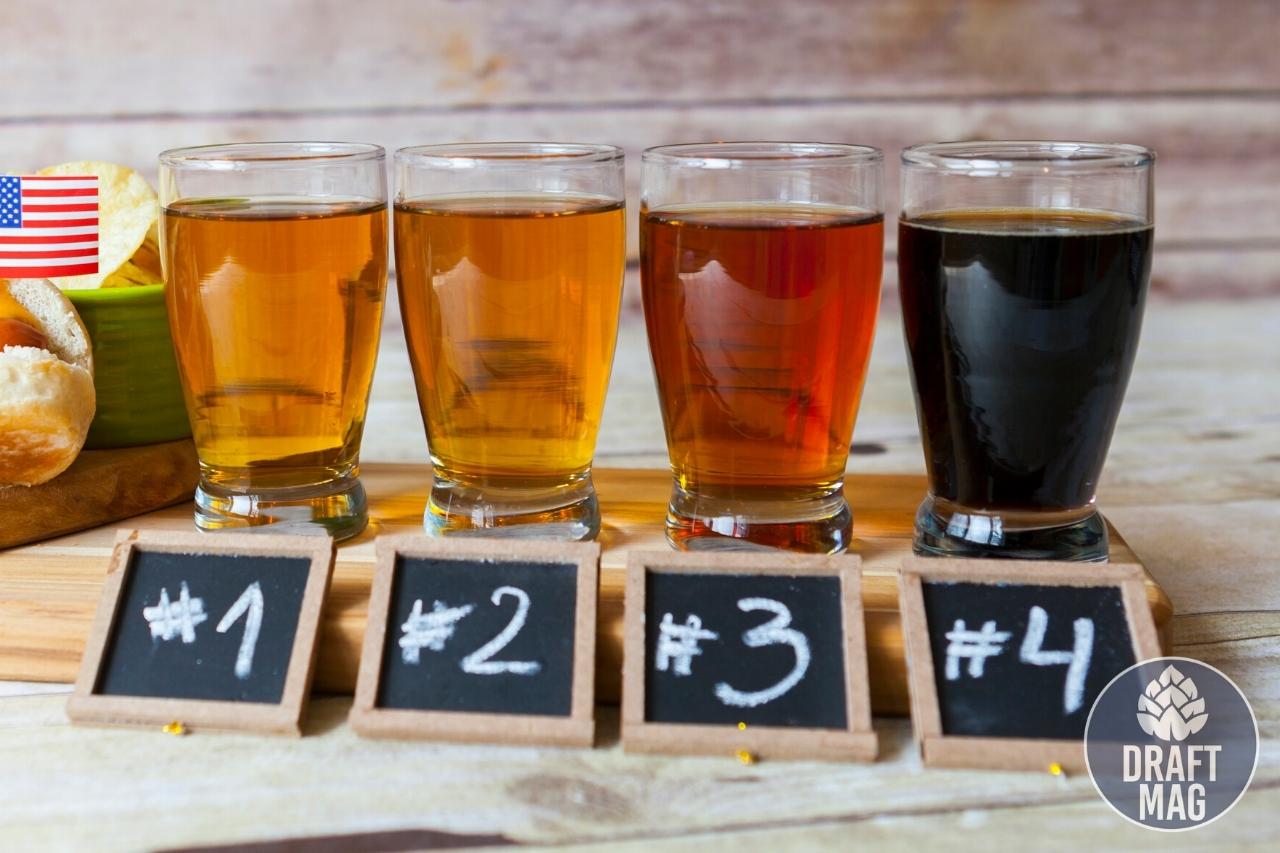
Any beginner in the beer scene has only one question on their minds, “what does beer taste like?” and we are here to set your mind at ease.
There are diverse flavors, styles and types of beer, and it’s easy to get lost in the many varieties.
Generally speaking, beer has no set taste, as it can be sweet, sour or bitter depending on the ingredients, storage process, where you drink it from, manufacturer, and age.
Our exhaustive guide will cover the diversity of beer flavors and their various tastes, so buckle up!
What Does Beer Taste Like?
Beer has different flavor profiles, and it can be sweet, sour, bitter, or even a combination of these flavors. But sometimes, these three flavors are not enough to describe the beer’s taste. Let’s look at the different tastes you can expect when drinking beer.
– Bitter
Like most alcoholic drinks, beer can be bitter. Some people don’t like it when beer is bitter, but on the other hand, others are interested in this taste. Some beers are more bitter than others, especially with flavors like vegetables, herbs or fruits.
– Sweet
On the other side of the spectrum, those who don’t like bitter beers prefer to drink sweet brews instead. By fermenting the beer with yeast, the sugars from the malt can be left in the beer, so the level of sugar depends on the malt and fermentation. Sometimes, sweetness is associated with a malty flavor as well.
– Sour
If beer isn’t bitter or sweet, it’s most likely sour. This is also called a tart flavor, and there’s a whole classification of beers described as sour. These beers are made with wild yeast during fermentation, and the exciting thing about this is that the outcome isn’t always assured. Wild yeast sometimes produces light and fruity beers, or it can produce sour beers.
– Acidic
The acidic flavor is often found in sour or bitter beers, or sometimes, it can be the dominant taste. The acidity is created during fermentation and will give it a tangy and sharp taste on your palate rather than a mellow and faint one.
– Fruity
As beers become more creative, especially craft brews, there’s usually a fruit-forward flavor. Different hops offer a fruity flavor, but sometimes, the taste is obtained from yeast and malt. Some American beers have flavors like peach, citrus, cherry, berries or passion fruit. There are also beers based on tropical fruit flavors.
– Hoppy
Usually, beer is described as hoppy when the addition of hops is evident in the flavor. The beer could be aromatic, bitter or both. So, when you drink a beer and the hops stand out in the taste, it’s described as hoppy. Some styles of beers like double IPAs and West Coast IPAs are hoppier than others.
– Chocolatey
If you’ve ever tasted a stout or porter beer, you might notice the hints of chocolate at the edge of your tongue. Some beers even contain chocolate, and you might find some chocolate-flavored craft brews. The chocolate flavor in beer is obtained from the malt.
– Malty
Some beers also have malty sweetness, especially when the malt dominates the flavor profile. But malt flavors are not always simply sweet. You might also notice flavors like caramel, biscuit, nuts, toffee, cherries, bread, toast, coffee or even raspberries. All of these flavors are acquired from malt.
– Citrus
Citrus flavors in beer are usually obtained from hops, so you should expect hints of citrus in hoppy beers. In some cases, the citrus flavor is dominant in the beer, and brewers achieve this by using strains of hops that taste and smell like grapefruit or orange. You can expect citrus flavors if you have beers with Citra, Admiral, Simcoe, Cascade or Amarillo hops.
– Banana
If you’re tasting beer with banana flavors, you’re most likely drinking wheat brews. Even if there’s no real banana added during the brewing process, the yeast used to make wheat brews can cause the banana flavor. You can also expect hints of spice and clove when you taste banana in beer, like with Hefeweizen.
– Clean
Another taste to expect is clean, which you can find in mainstream brews like Coors or Budweiser. Clean beer usually tastes crisp and smooth on your tongue without sticking to your throat. The aroma also feels crisp.
– Dry
A beer can be malty and clean, but it can also be malty or dry. When beer is dry, this is caused by yeast consuming a lot of the sugar content. With less sugar, the beer becomes dry with less maltiness and sweetness.
– Biscuity/Bready/Cracker
When you drink malty British beers, Belgian beers, and even German lagers, you can expect flavors of biscuits, crackers and bread. The bready element is evident in the flavor and aroma, and sometimes they even have a thick and full-bodied mouthfeel. Beers like this also have fewer hops.
– Earthy
Beers can have dank or earthy flavors, and the word “dank” is always good for beers. With earthy beers, you will expect woodsy hops and pine-like aromas. This taste is found in porters and stouts, and with hops like Columbus or Chinook.
– Floral
Whenever beer is made with aromatic hops, it isn’t only hop forward but also has floral flavors and aromas. This taste is primarily found in European-style beers, so you should take a whiff of the scent before drinking it.
– Esters
You might have heard some beers being described as esters, especially Belgian, English and German beers. When a beer has ester flavors, you can expect juicy fruits like bananas and pears. Esters occur naturally in beers and sometimes can be intense, but when it’s too much, the beer doesn’t taste as good.
– Whiskey
Other types of flavors you can enjoy include whiskey and bourbon. There are beers aged in barrels, and the beer will take the characteristics of the barrel. So if the stout is aged in a bourbon barrel, you can expect a balance of both alcoholic drinks.
– Spice
Beers can also have flavors of spice, and there are spiced beers in the craft brewery scene. For instance, if you drink Belgian witbier, you can expect spices like orange peel and coriander. There are also beers with pumpkin spice. Homebrewers can also add different flavors when making beer, and spices are an excellent place to start.
– Wheat
When a beer has a wheat flavor, it does not necessarily mean that it is a wheat brew. Instead, it implies that the beer’s flavor is so light that it’s almost nonexistent. These beers usually have a more delicate taste but a smooth and silky flavor. However, if it’s a wheat brew, it can be spicy or tangy.
What Affects the Flavor?
The type or style of beer is an important determinant of its flavor, and other factors include alcohol content, the beer’s flavors, and whether it is being consumed from a can or a bottle. We have explored the different flavors that exist, but all of these flavors are dependent on various factors.
– Type of Beer
The type of beer you’re drinking will determine what it tastes like. There are different beers out there, but they are broadly divided into two categories: ale and lager. What separates ale and lager is how they are brewed, as the former is fermented at a higher temperature than the latter. They also use different types of yeast.
Aside from being two different types of beer, you can also have a light ale or amber lager and other styles. It’s not surprising that they have their specific tastes. Generally, ale is full and has sweetness in its aroma, while lagers are clearer and crispier.
– Alcohol Content
Another factor that affects the flavor of beer is the alcohol percentage. Regular beer drinkers will quickly taste the difference between alcoholic and alcohol-free beers. Although there are beers labeled as alcohol-free on the market, they usually have about 0.05 percent alcohol.
An alcoholic beer offers a sweet flavor and aroma which low- or non-alcoholic beers might not have. The latter tries to replicate this with artificial additives, but this isn’t always possible. You will also taste the hints of ethanol or alcohol in the beer, so non-alcoholic beers are usually seen as flat.
– Where You’re Drinking It From
You might have also heard some beer lovers talk about preferring canned beer to bottled beer and wondered what’s the difference when it’s the same type. But this is valid because the packaging will affect the taste of the beer, especially in terms of freshness, texture and taste.
When drinking beers in glass bottles, they get a skunky taste quickly when exposed to the sun. On the other hand, canned beer protects its content from becoming skunky, so if you prefer to enjoy your beer the way it’s supposed to taste, especially if it will be left outdoors, you should drink from a can.
– Other Factors
Finally, the ingredients or flavors you put in your beer will also contribute to the taste. For instance, if a beer is brewed with some spices added on top, it would have a spicy flavor. Also, how long you keep your beer before drinking it will also influence the taste.
If you store beer cans for a long time, they will age and taste differently than they were initially meant to be. Some beers benefit from aging, but others will have a bad taste instead. Also, the manufacturer or brewer that made the beer will influence the taste the same way a craft brew tastes different from mainstream beer.
Ingredients That Alter Taste
All beers are made with three main ingredients: yeast, barley and hops. Brewers will constantly change the different ingredients to adjust the beer’s overall flavor. Take a look at how these ingredients affect beer in general.
– Yeast
The brewing process of beer is not complete without yeast. Yeast is what drives the fermentation process, and so it is used in all types of beers. When you ferment your beer in yeast, the sugars from malt will turn to alcohol. Also, the amount of yeast you put in beer is dependent on the style.
When you have a high level of yeast in your beer, you’re probably producing a lager. On the other hand, you’re getting an ale with a low amount of yeast. Since yeast breaks the sugar down, how long you ferment it will either make the beer sweeter or more alcoholic.
– Barley
Another ingredient that contributes to beer is barley or malted barley. This substance adds sugar to beer during fermentation. The sugar from the barley or malt is broken down by yeast to form alcohol and carbon dioxide.
With this in mind, you can make your beer sweeter or more bitter based on the type of barley you put and how much is in the malt bill. Depending on how much you add, barley can add a grainy flavor or give the beer a thick or full texture.
– Hops
Hops are an essential ingredient in beer, and they come from female flowers. Hops are used to add a bitter or tangy flavor to beer, but they can also add citrus and fruity flavors. The more hops found in a beer, the more bitter it is.
Not only this, but hops can add a balanced flavor to make beer taste good. The brews can also be more sophisticated with hops.
Different Styles of Beer and Their Flavors
As mentioned earlier in this guide, there are different types of beers generally categorized into ales and lagers. After exploring the different flavors, it’s also essential to know which one of the beer styles has specific tastes.
– Ale
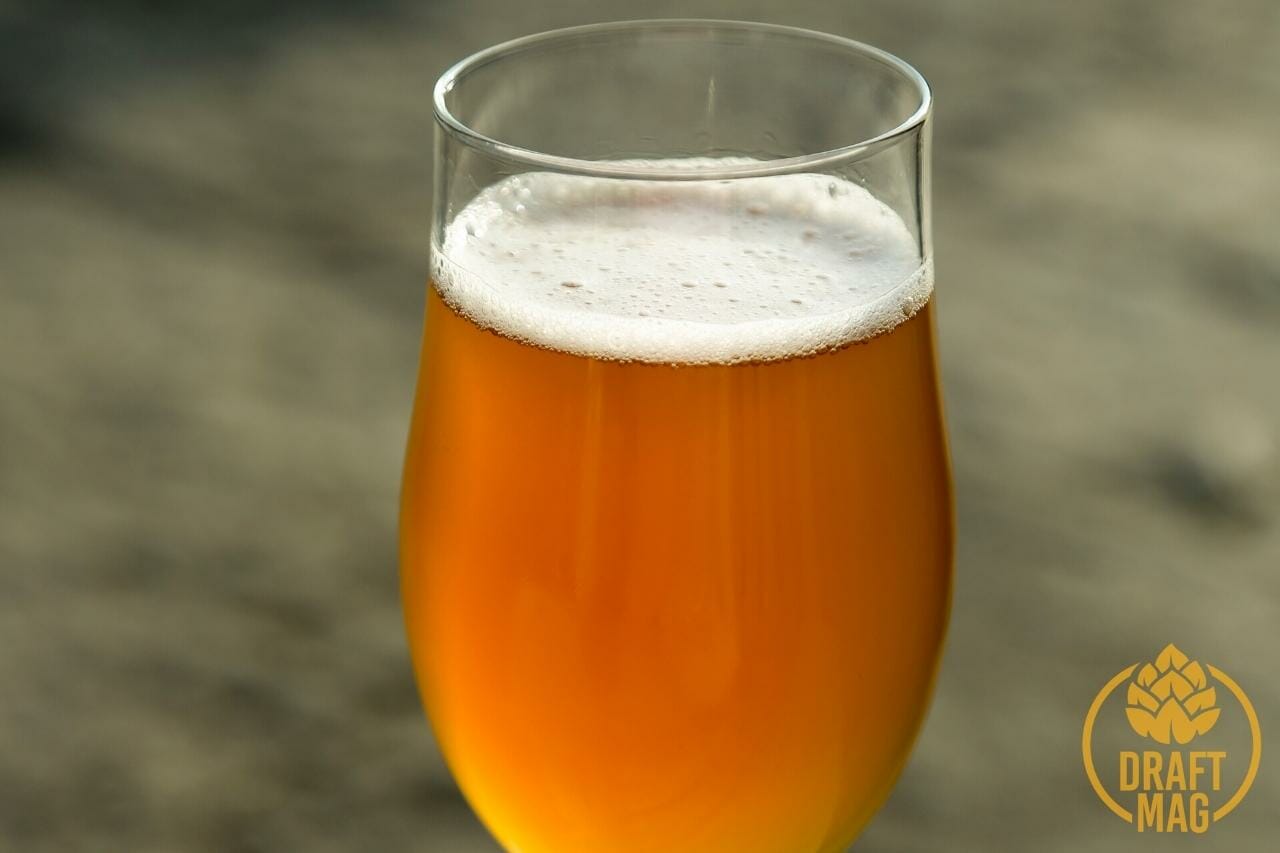
Asking what ale tastes like is the same thing as wondering what beer generally tastes like. There are different types of ales, as they even take up a large part of the beer styles. Ales have a cloudier and darker appearance than lagers, with a full-bodied taste. Ales are generally sweeter than lagers because of the yeast used in brewing them.
When the ale is fermented, the yeast does so quickly, increasing the sweetness.
– Lager
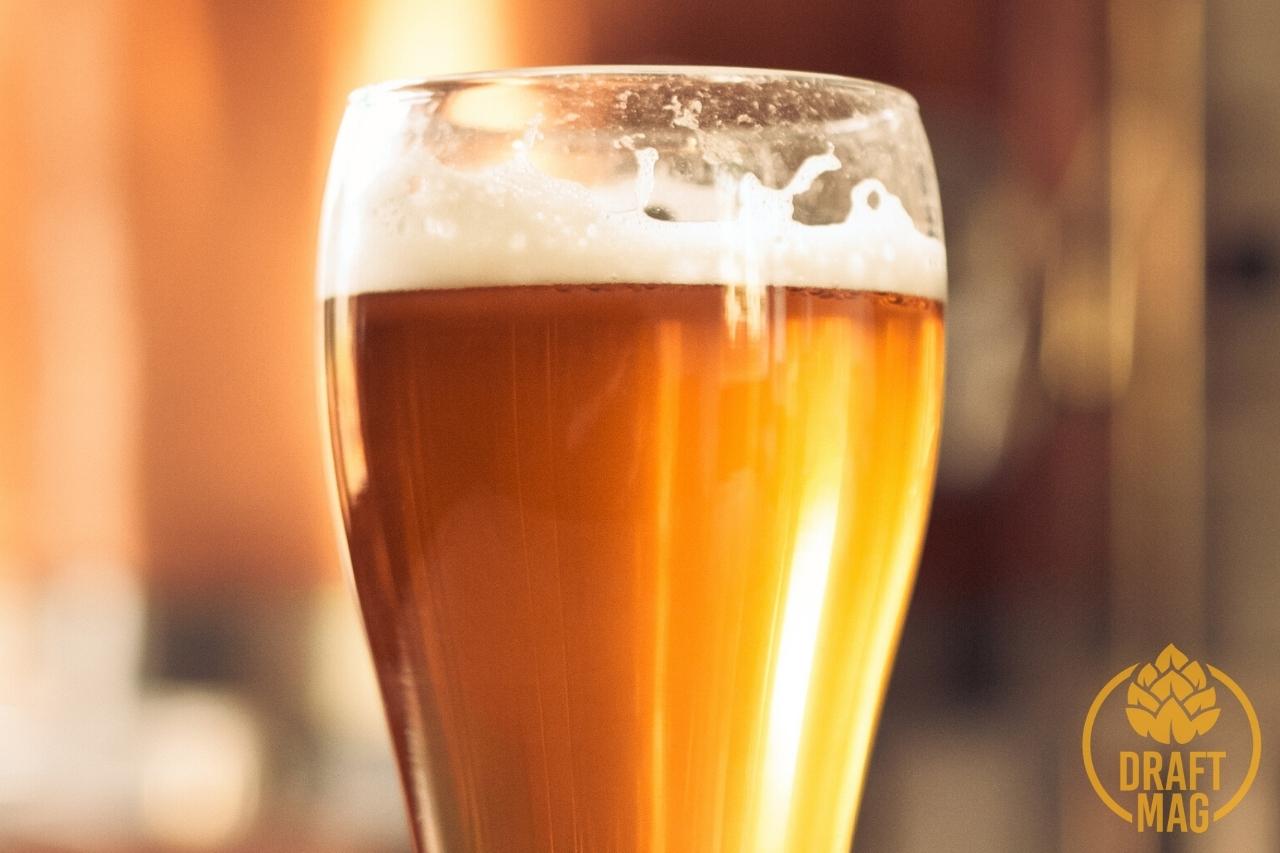
The other type of beer is lager, and this is a lighter beer with a clear appearance. They usually have alternatives to ales, like there is an India Pale Lager the same way you have the India Pale Ale.
In terms of taste, lagers generally have a crispier and cleaner taste.
But they can also have different flavors, especially when it comes to craft brews.
– American Pale Ale

It’s not surprising we’re starting with the pale ale style. This is one of the most popular styles of beer around the world.
It uses less malt and mostly American hops, so you can expect piney, citrus and fruity flavors. There is also a slight sweetness with caramel flavors.
– American Lager
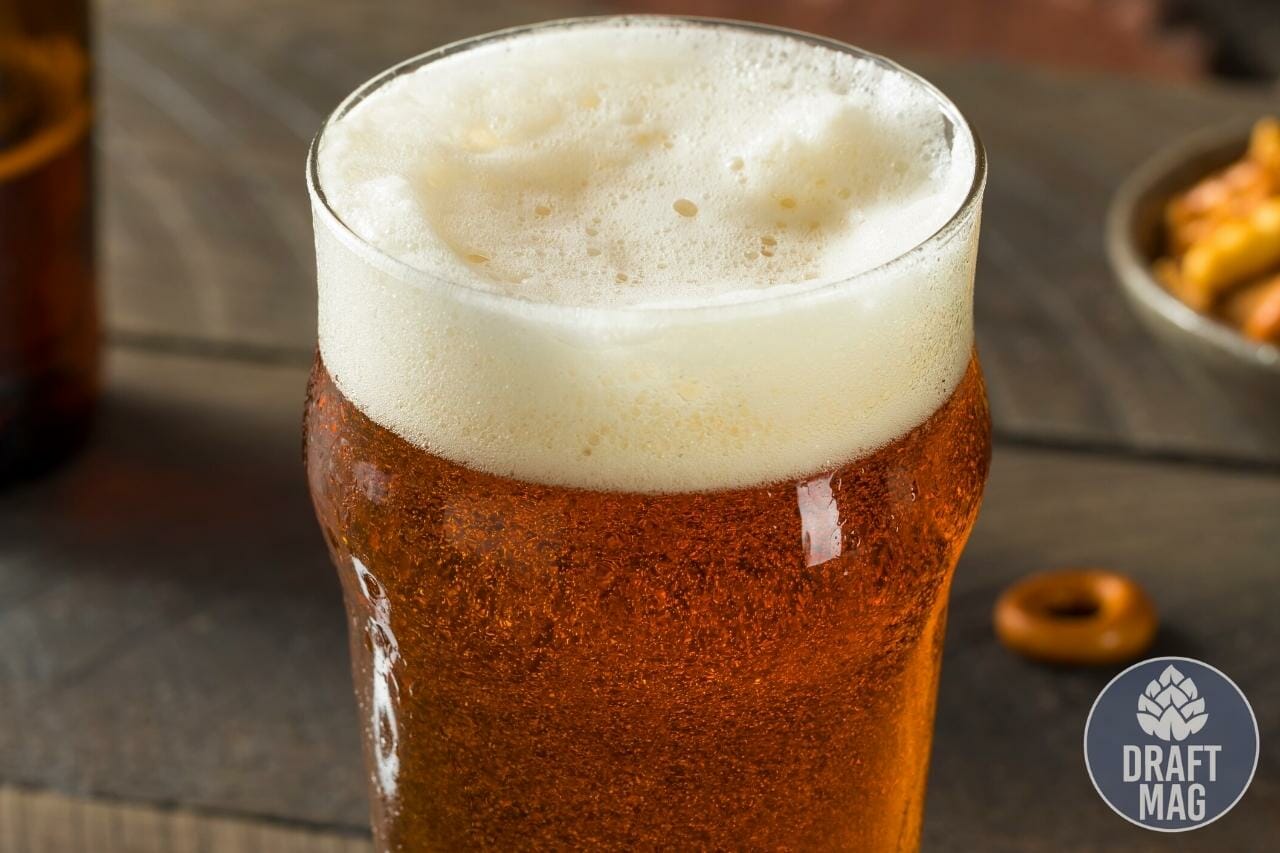
American lagers are also a popular beer style with mostly neutral flavors. These are usually mainstream beers like Coors, Budweiser, Michelob and Miller.
The lager taste are usually balanced in malts and hops with a crisp, dry finish. American lagers have a high carbonation level and are suitable for quenching your thirst.
– Amber Ale

If you’ve ever tasted pale ales, it’s easy to see that an amber ale is the maltier version of this. These brews are made with crystal malts, adding toffee and caramel flavors.
As a full-bodied beer with medium carbonation, amber ales are drinkable and sometimes offers medium bitterness that can be covered by maltiness.
– Amber American Lager
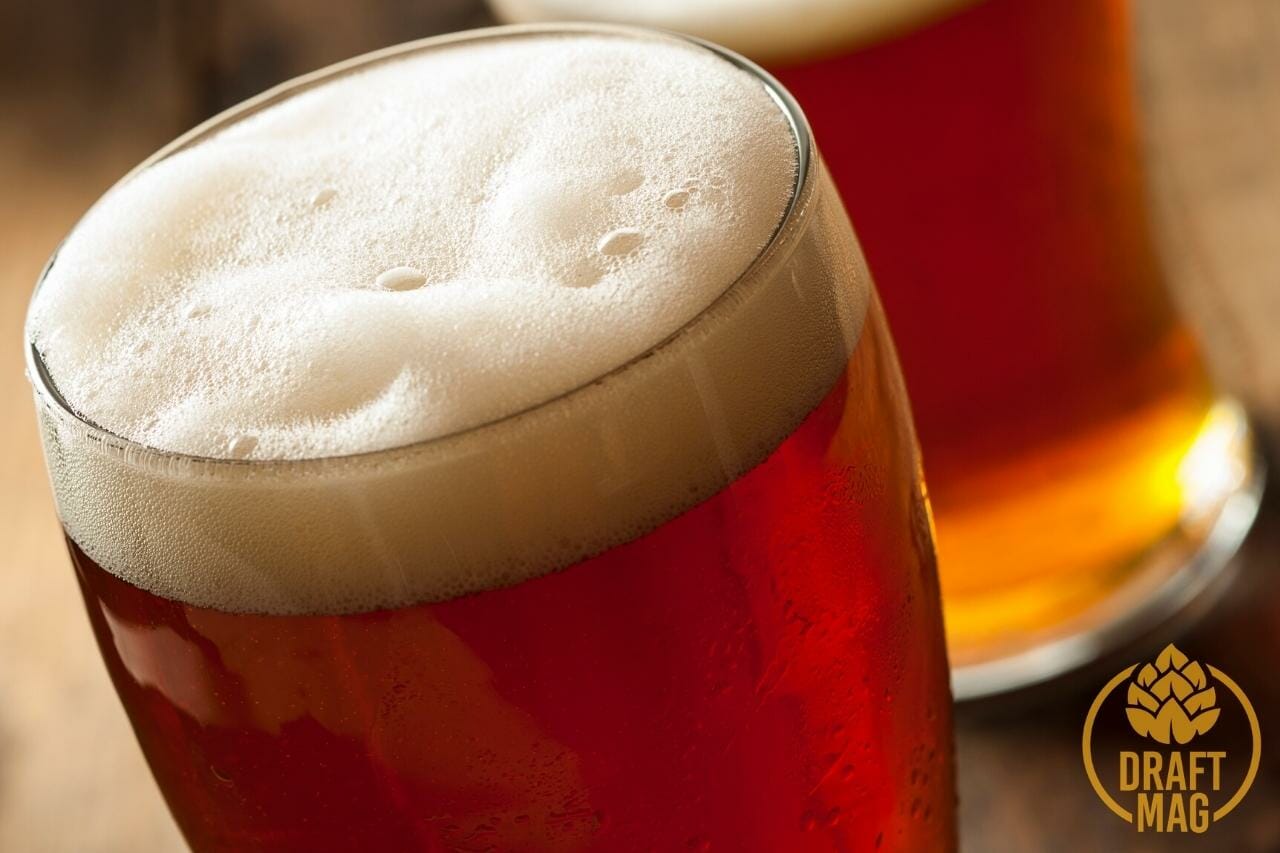
The Amber Lager is the counterpart of the American ale.
It is well-known for having a toasty-like or caramel flavor, like the Samuel Adams Boston Lager.
They also feature a medium body and mouthfeel and some bitterness from hops.
– English Brown Ale
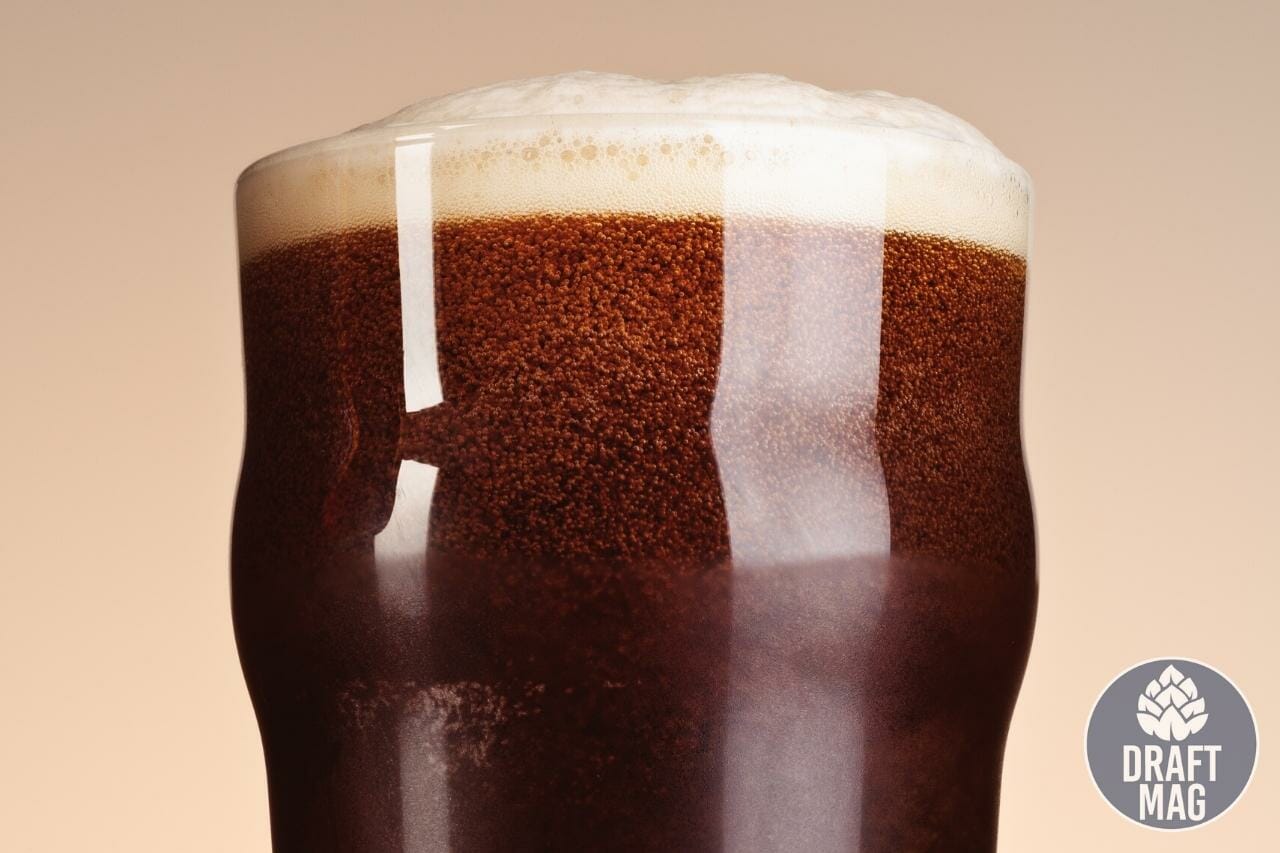
There are two types of this beer from the north and the south of England. If you’re drinking a south England brown ale, you can enjoy the strong caramel flavor in the beer that makes it sweet.
On the other hand, a northern ale will be dryer and less sweet.
– Porter
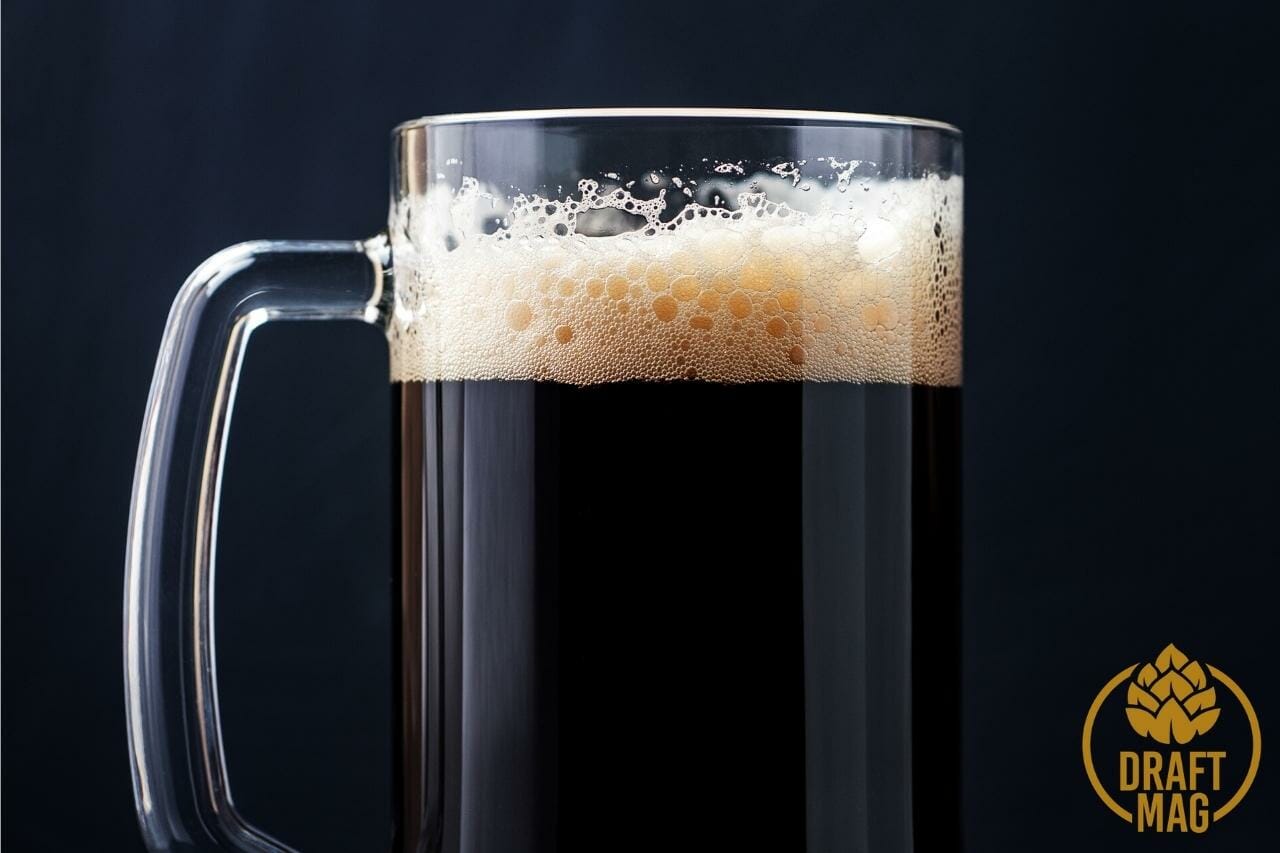
Porters are darker beers, usually colored from dark ruby to black.
They are described as winter beers with hints of coffee, caramel, chocolate, nuts and toffee. You might also notice flavors of cherry and other dark fruits. Porters are not hop-forward and focus more on barley and oats.
– Stout
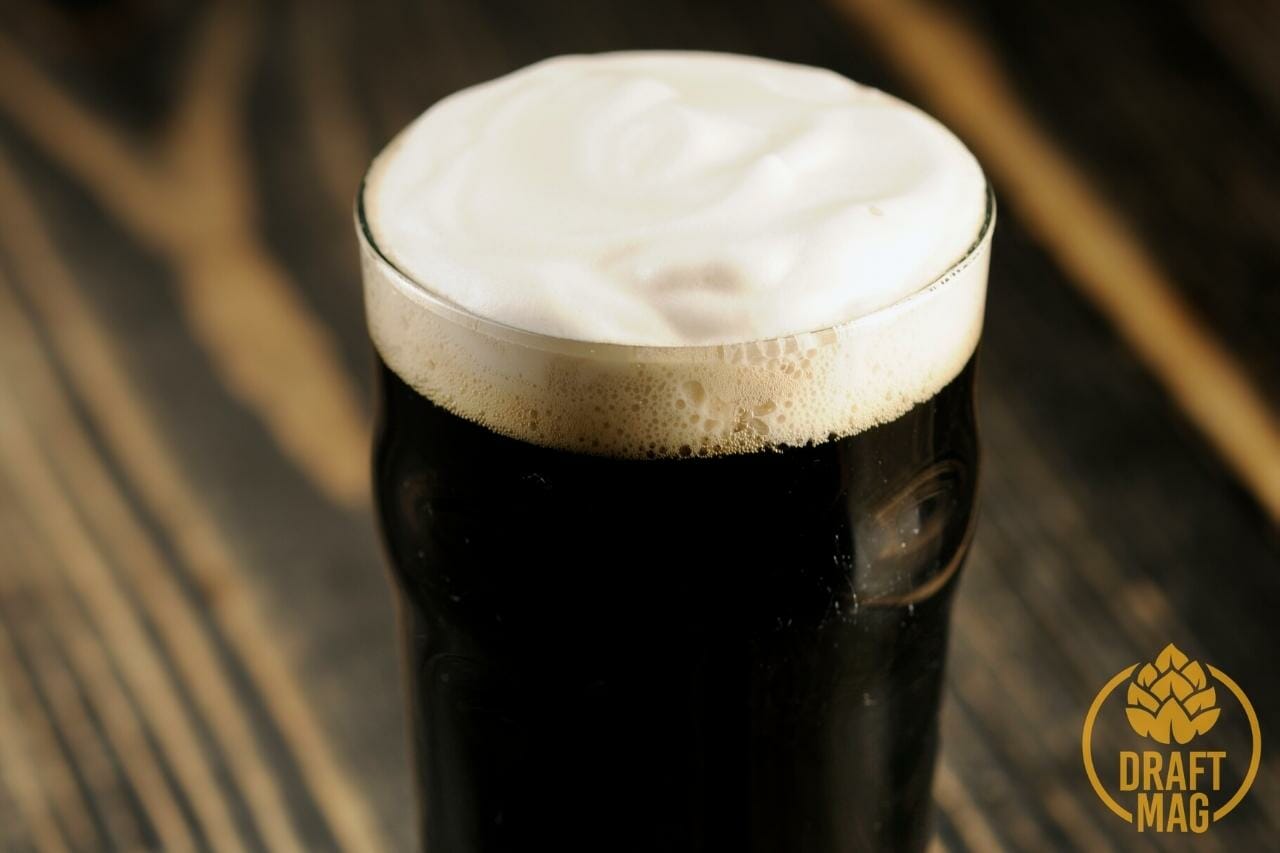
It’s usually challenging to differentiate between a porter and a stout as these beers are very similar. They have the same dark bodies but a stout is creamier in flavor and mouthfeel.
Both beers also have a robust malted flavor, so expect coffee and darker chocolate hints.
There is also no apparent hops flavor.
– Farmhouse Ale
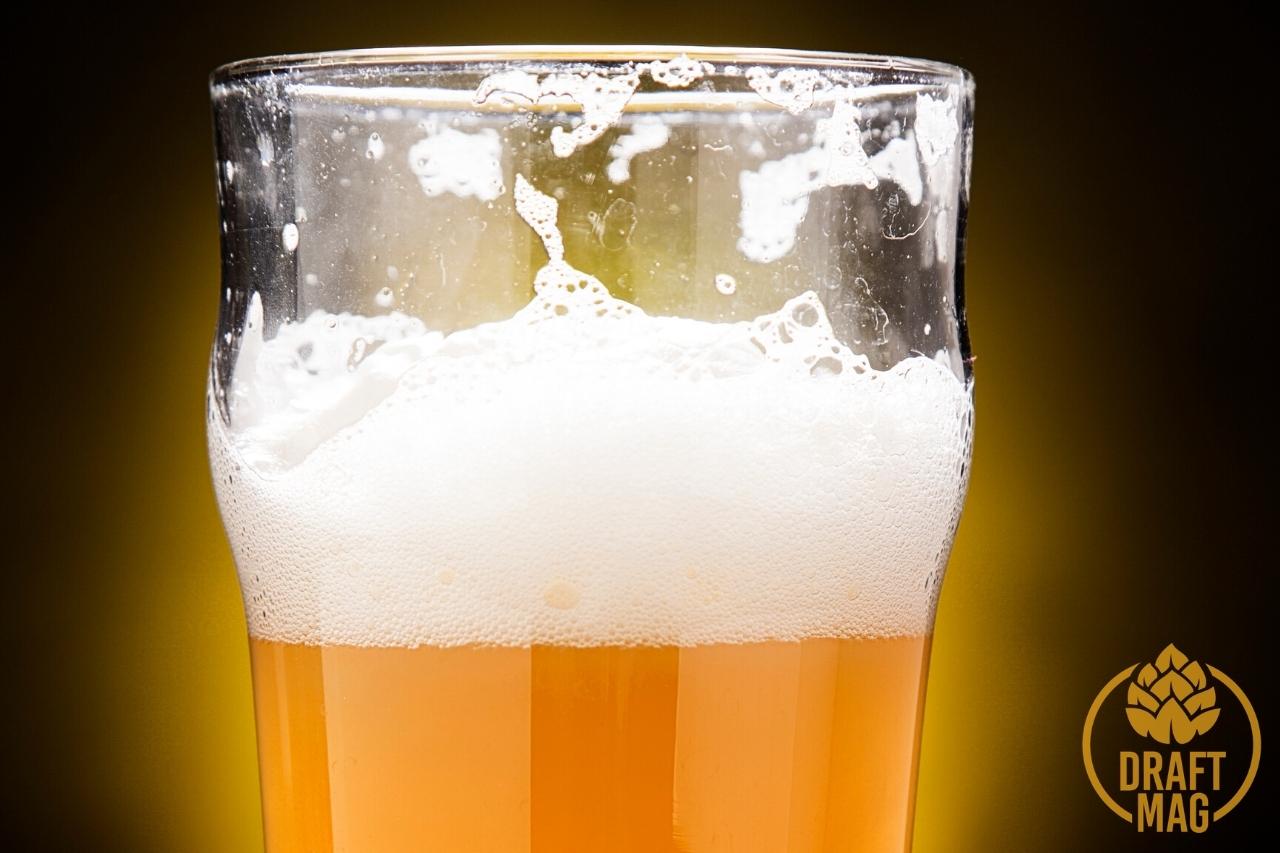
One beer style emerging lately, especially in the craft beer scene, is the farmhouse ale.
It encompasses Saisons and Biere de Garde styles, originating from France and Belgium.
They usually have a tart, funky flavor and a crispy finish.
– Sour Beer
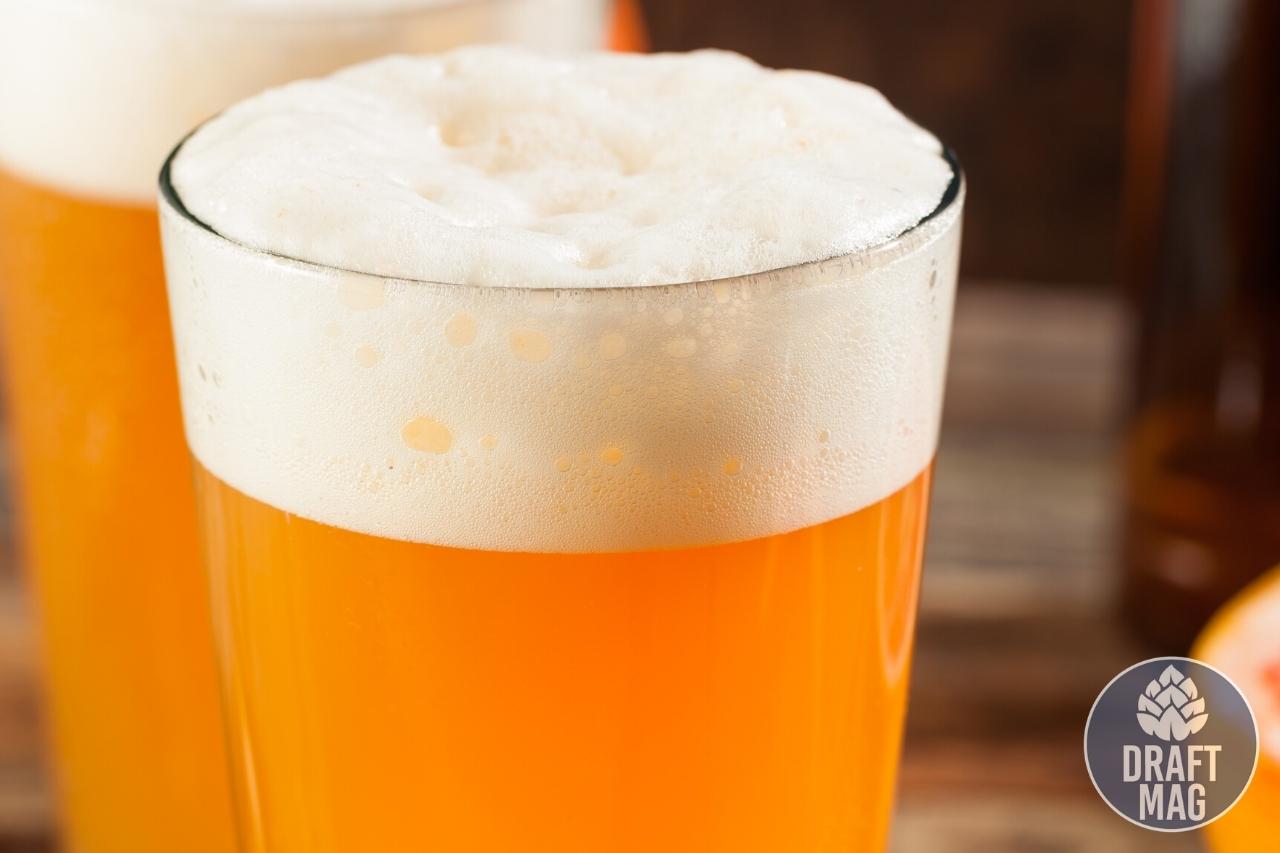
Another beer style that is becoming increasingly popular nowadays is sour beer.
They will change your palate and are better enjoyed when sipped than chugged down.
You can also expect berries in the flavor as they are tart-tasting beers with high acidity levels.
– Vienna Lager
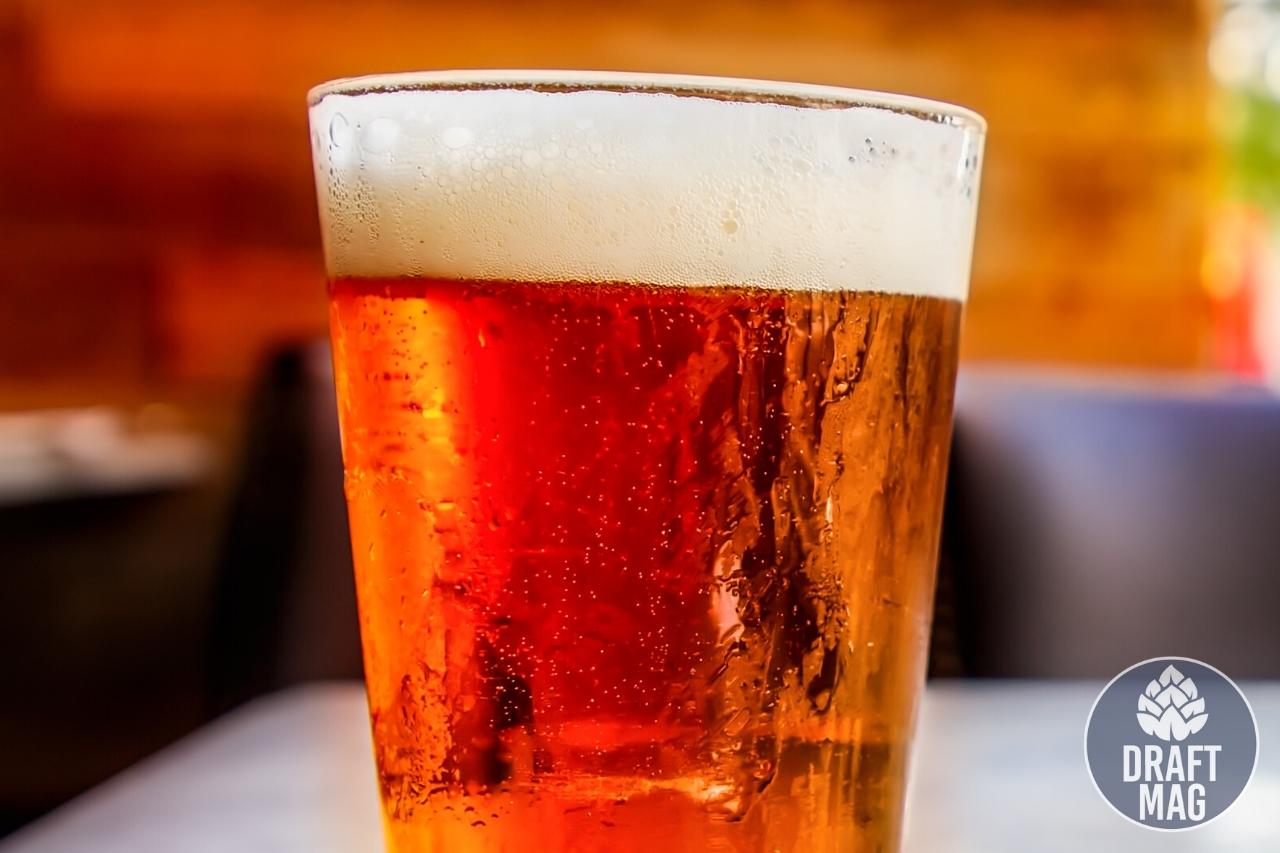
This is another lager type, but this is darker than most types and has a sweeter, malty taste. Sometimes, these lagers also have a slight flavor of toasted bread.
The beers also have evident hops, which provide enough bitterness to match the malt. You might also notice light, spicy or floral flavors.
– Wheat Beer
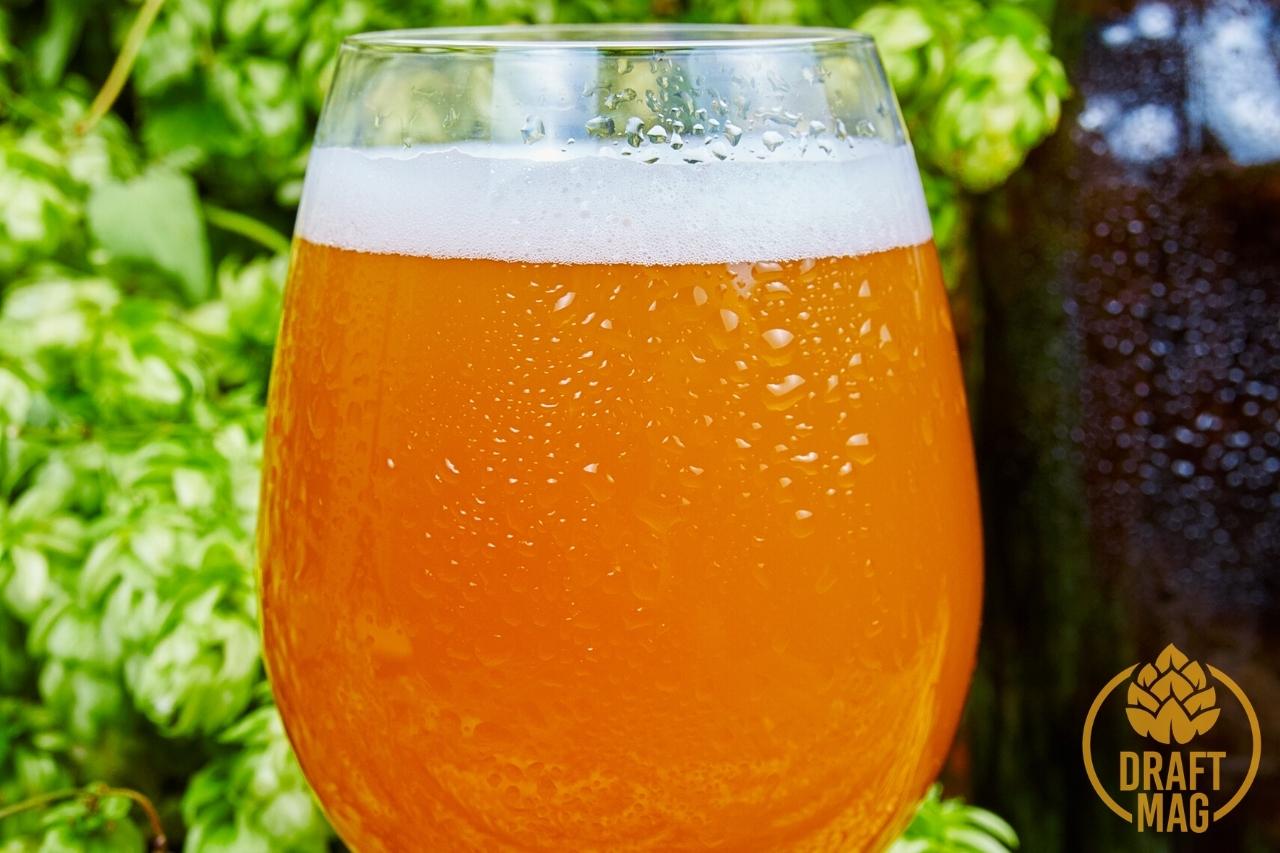
Different wheat beer styles exist, including American, German and Belgian.
These beers are brewed with mostly wheat, which creates citrus, lemon and bready flavors in the profile. Hefeweizen is a popular form of wheat brew, which has banana, bubblegum and clove flavors.
– German Pilsner
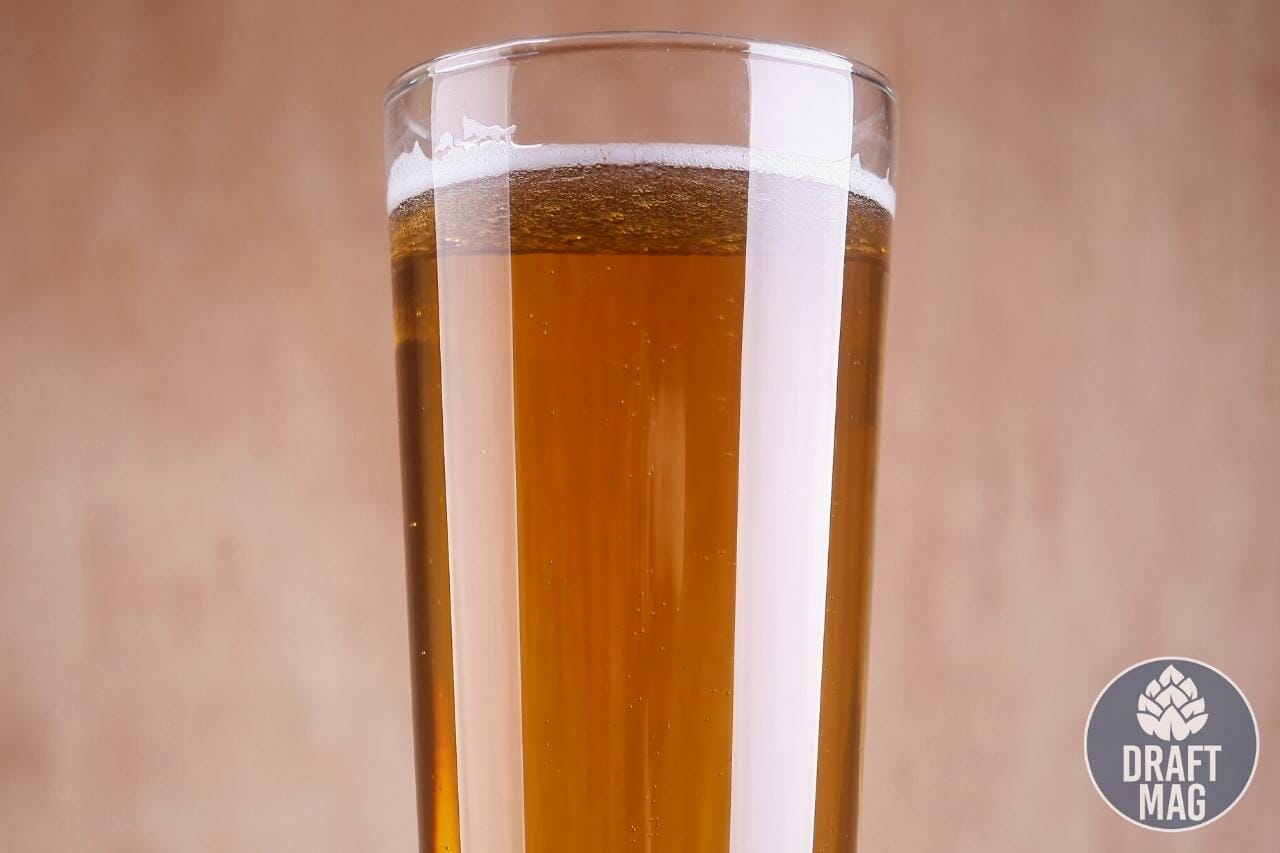
Another popular beer style is the Pilsner, primarily light in terms of body and appearance. Pils have a crisp and dry character and finishes with a slightly sweet taste.
The beer also has a good amount of bitterness that dominates the flavor, and it is usually brewed with European hops.
– English Bitter
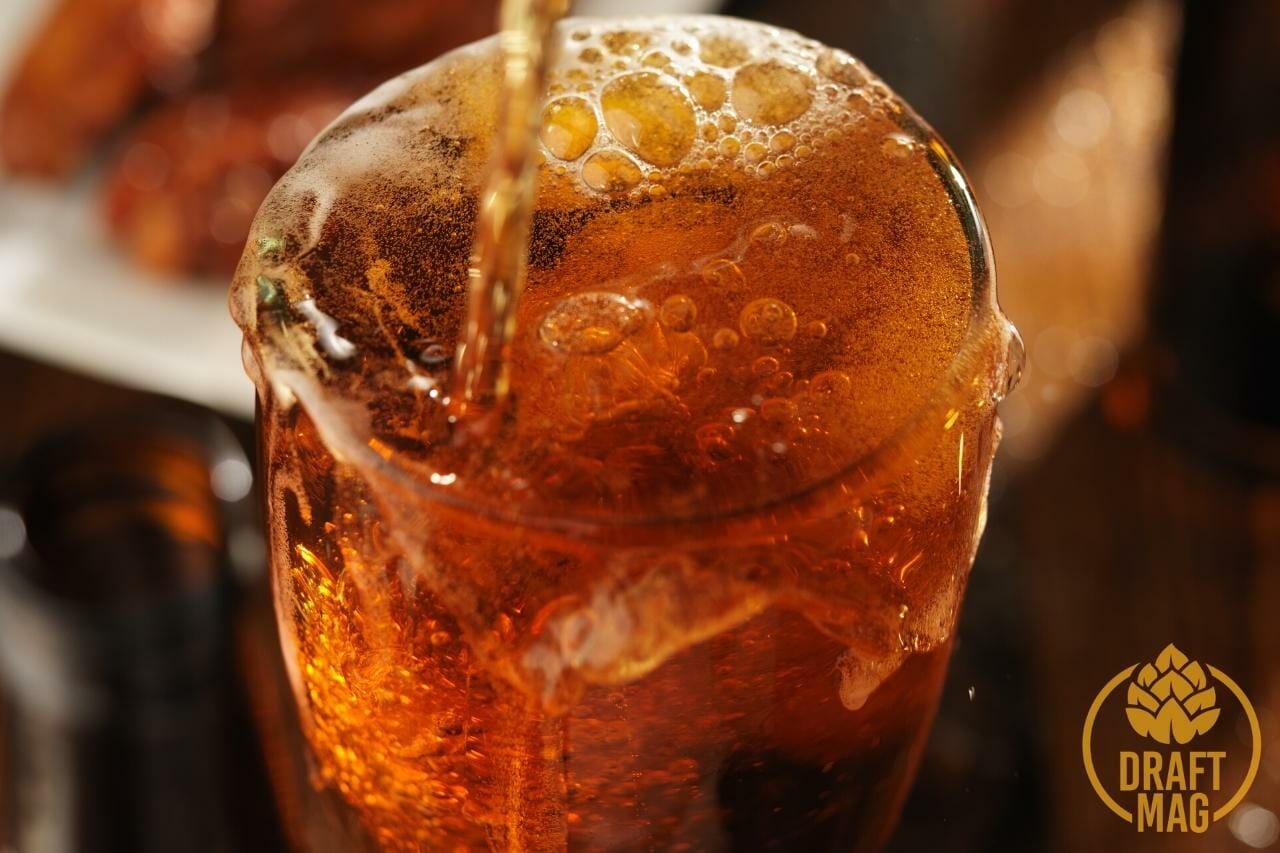
Although the word “bitter” is in the name, English Bitters are not as bitter as many IPAs. They are described as session beers with drinkable alcohol levels and a lighter mouthfeel.
English Bitters also have a good balance of malt sweetness and bitterness derived from the hops.
What Makes Beer Taste Bad?
Beer can taste bad because of different reasons like exposing the drink to the sun for a long time or bacteria getting into the beer. It’s essential to store your beer at the right temperature and in an airtight container to keep all the ingredients fresh.
Here are some reasons why your beer might taste bad.
– Poor Quality Ingredients
For one, bad beer can be caused by low-quality ingredients. Any brewer will know that the quality of ingredients means everything, so using spoiled hops and grains will negatively affect the overall taste. If this happens, it’s advisable to throw it out.
– Metal Contamination
Another reason beer can taste bad is heavy metal contamination, which can be caused by the water used in brewing. Water can have heavy metals like copper or iron, which will have an adverse reaction in the beer. The brewing equipment can also contribute to the weird taste.
– Drinking Directly From the Can
Sometimes, beer can taste off because you’re drinking from the can. Even if the can protects the beer from the sun, you might smell the metal, thus affecting its flavor. You should pour the beer into a cup before drinking to avoid this.
Bottled/Canned Beer vs. Draft Beer: Do They Taste Different?
Yes, these beers taste different because storage also affects the flavor of the beer. While some beers are packaged in bottles or cans, others are craft brews that are fresh and straight out of the tap.
– Bottled and Canned Beer
People usually think bottled and canned beers taste different from each other, but this is because of the metallic taste in canned beer and how the sun can affect brews packaged in a bottle. But no doubt bottled or canned beer will taste different from draft beer because they are no longer as fresh.
– Draft Beer
On the other hand, draft beer or craft beer from a keg tastes crispier and fresher than those packaged and stored for a while. Beers in kegs are less prone to oxidation too.
Why Beer Tastes Better in a Glass
When beer is poured into a beer glass, it goes through carbonization, so the carbon bubbles are released into the air, giving you a foamy head and a flavorful aroma. As the bubbles are forming and popping and you enjoy the scent, it influences the drink’s taste.
Also, you get the whole experience when you drink beer in a glass since you can easily see the color and foamy head. When you pour beer into other cups, you might notice that it tastes flat. Experienced beer enthusiasts prefer to drink from a glass than a bottle or can. The next time you want to drink beer, you should do the same.
Frequently Asked Questions
Here are the expert answers to some of your questions regarding the taste of beer.
– Does Beer Taste Like Pee?
No, beer does not taste like pee, as this is just a comment used by those who either don’t like the taste of beer or are drinking beers with very light and weak flavors. If your beer is also smelling like pee, you probably shouldn’t drink it.
– What Does Beer Taste Like If Hops Aren’t Added?
Without hops, beers are very sweet and malty, because hops are needed to provide balance to the sweetness of the malt.
If you want a sweeter beer, you should look out for those with fewer hops. If not, you can look for a hop-flavored beer. If you make hops without beer, it won’t be authentic beer.
– What Did Medieval Beer Taste Like?
In the 8th to 13th centuries, it is speculated that beer tasted sweet but with low alcohol content, but from the 14th century onward and with the availability of spices, the taste of beers have improved. Generally, beers were warm, smokey and flat, with aromas from the local herbs from the village.
– What Does Distiller’s Beer Taste Like?
The flavor of distiller’s beer is more vegetal and does not appeal to many beer lovers. When you distill beer, it does not retain the typical taste but still has the same aroma and flavor.
– Does Root Beer Taste Like Normal Beer?
No, it doesn’t, because root beer is a sweet soft drink made from the root bark of the sassafras tree, while regular beer is an alcoholic drink made with hops, barley and yeast. Despite the name, root beer and normal beer are not the same.
Conclusion
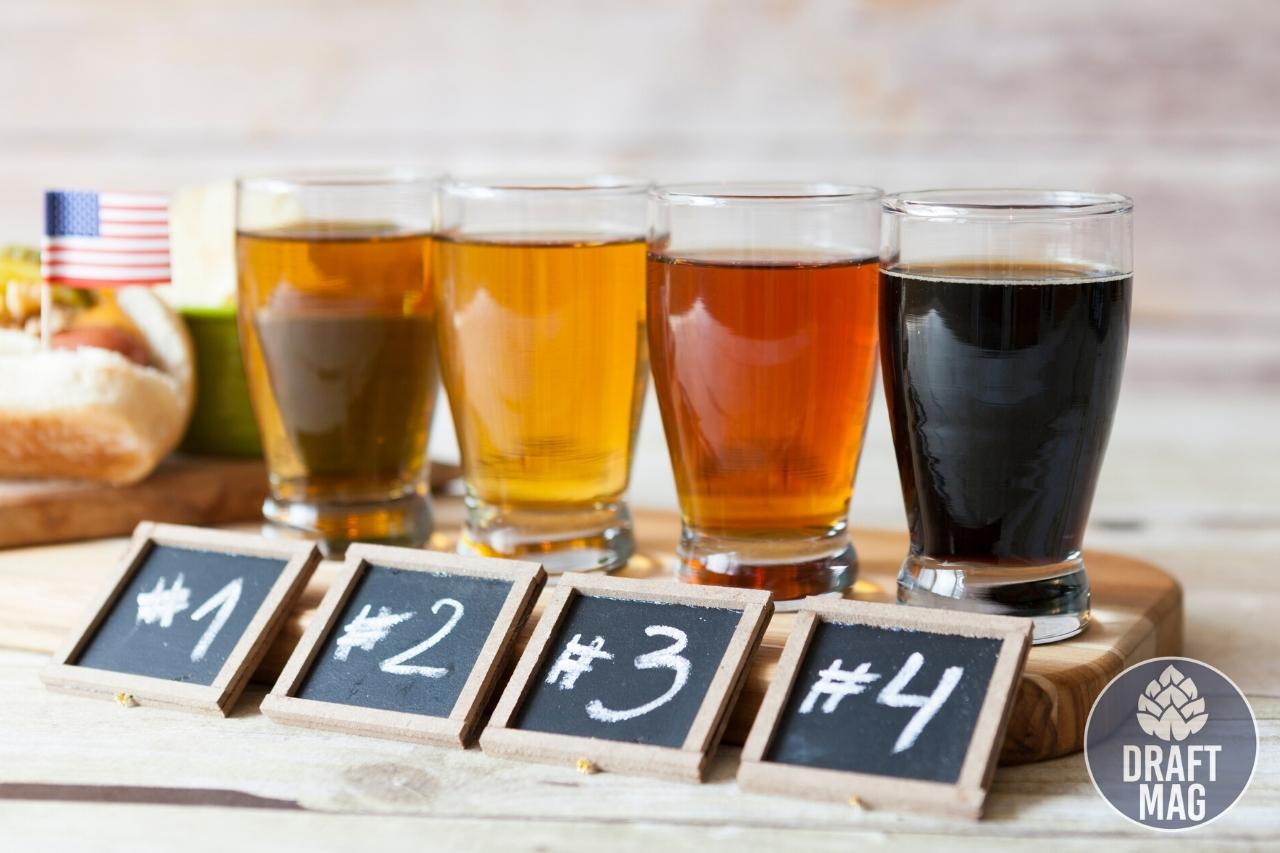
All beers taste different, which is determined by their type, ingredients, age, and other factors. Once you’re ready to have your first can or glass of beer, you now know the diverse tastes to expect.
Let’s sum it all up:
- Beer does not have a set taste but can be sweet, bitter or sour.
- The beer’s flavor depends on the type of beer, ingredients, alcohol content, packaging, age and manufacturer.
- Beers are generally made with hops, barley and yeast.
- There are different types of beers, but they are generally categorized into ales and lagers.
- Beers are the best when consumed in a glass.
Different types of beers give way to diverse flavors, which means that anyone can find the kind of beer that works for them.





